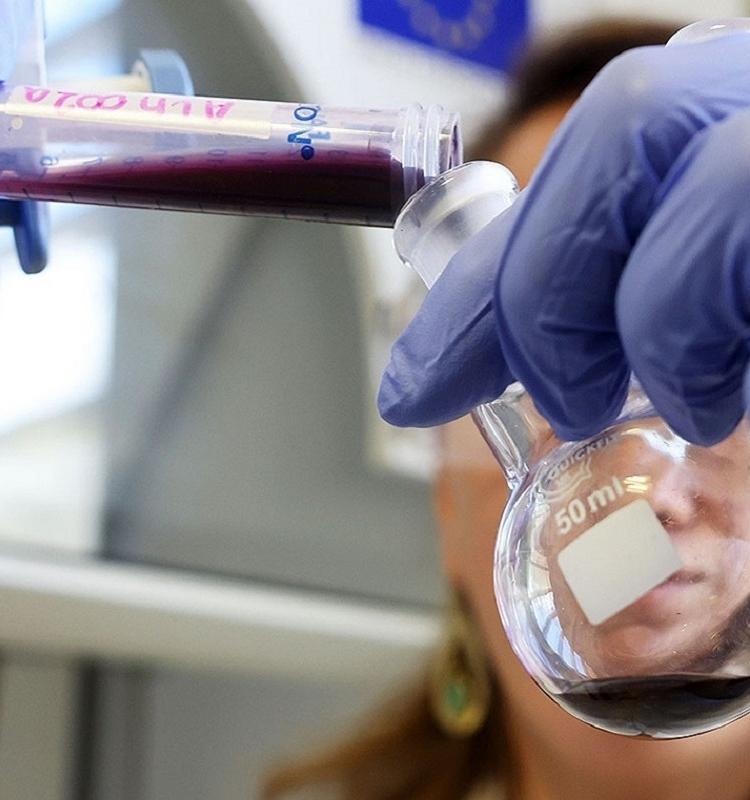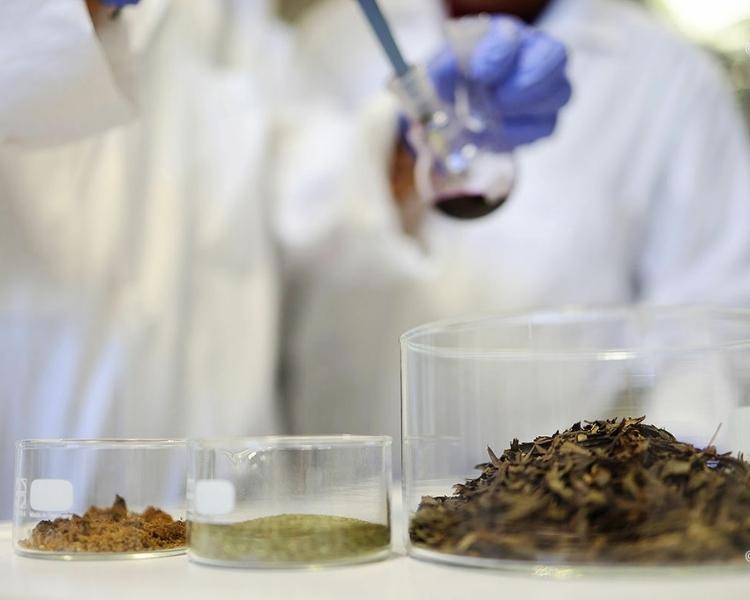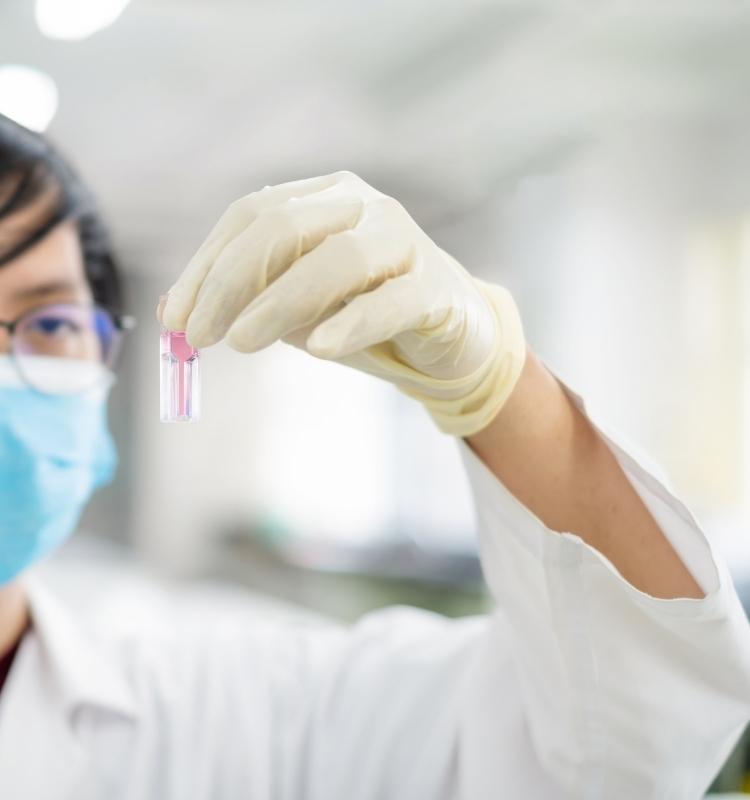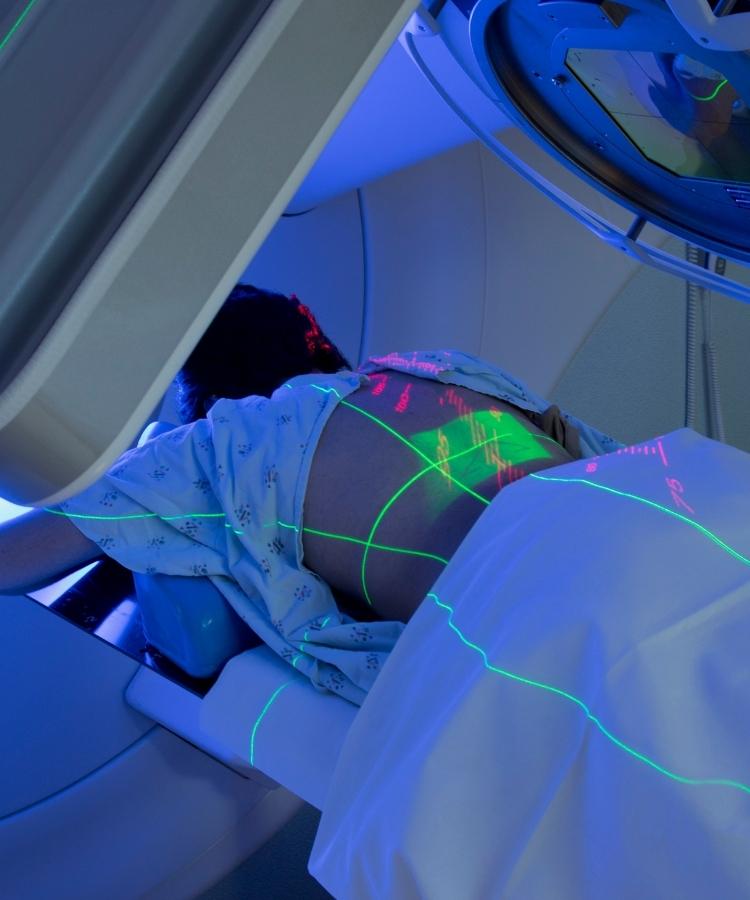Service: Nanotechnology
With our nanotech services full package we ensure a quality work for your research project, but if you need only one part of this package, our scientists will be glad to do that as well.
Kindly have a look at the different services we offer under nanotechnology and contact us for a quote request or if you any questions.
1. Nanodesign:
Gold nanoparticles are the heart of many applications such as catalysis, electronics, optics, environment, biotechnology, and medicine. The synthesis and study of the properties of metallic nanoparticles, in particular, gold nanoparticles is currently a very active field of research. The exploitation of these particles in solution for the design of new devices is of major interest. Different characteristics of nanoparticles such as size, shape, and surface charge have all been shown to strongly influence their functionalities. This has motivated us to develop nanoparticles with different properties to meet your needs in both research and industrial development. Our nanoparticles can be manufactured with different shapes and sizes, and the particle surface can be coated, functionalized with active groups, or conjugated with biomolecules.
We propose customization over a wide variety of nanoparticles including:

2. Nanofunctionalization / Conjugation:
Nanoparticles functionalization can be performed by different approaches. These approaches have been rationalized into 4 different concepts, namely physical adsorption, covalent binding, use of adapter molecules, and combined ionic and covalent adsorption. The functionalization strategy depends on the functional groups both of the stabilizing coating and of the considered biomolecule. Understanding the conjugation chemistry of functionalization is the key step to improving their performance. To achieve this, we undertake a thorough study of the parameters that can influence the interactions between particles and chemical functions. After which, we optimize each step of functionalization to improve yield and maximize quality.
We also propose customized services helping you to select the optimal candidates for your target of interest from the beginning.

3. Nanocharacterization:
Along with the increased use of nanoparticles, their characterization is a critical step in nanomaterial production as it provides information about dimension, morphology, surface distribution, charge, and chemical composition. The lack of adequate characterization may limit or even invalidate some of the conclusions regarding particle properties and applications.
Our analytical platform covers the main techniques used in nanomaterials and nanostructures operated by highly qualified personnel who are always there to support you with data analysis and further develop the measurement methods and product improvement.
Currently, the following techniques are available, among others:

4. Application: Powerful Nanotheranostics:
Gold nanoparticles have generated particular interest in the field of biosensors due to their physico-chemical characteristics and ease of synthesis and functionalization. The unique physical and chemical properties of gold nanoparticles have stimulated increasing interest in the design of a new generation of biosensors. Their high surface-to-volume ratio and biocompatibility, make them a large number of interaction sites, thus improving the amount and activity of the recognition.
Regardless of the role that gold nanoparticles play in the detection process, they offer several advantages over conventional dosage formats such as a single preparation, good stability, easy use, real-time measurement and low cost. With different types of signal transducers, the physical or chemical changes that occur during the binding of the analyte to the bioreceptors of biosensors can be transformed into optical, electrical, or qualitative output signals etc.
At TORSKAL, our team is experienced in the field of gold nanoparticles-based biosensors and can guide you in the design of the biosensor from the bioreceptor selection to the detection of your target. We can also help you to improve the analytical performance of your target detection in terms of sensitivity.

Nanotechnology is a powerful tool in therapy. Nanoparticles, more especially gold nanoparticles, have a wide potential to treat all kinds of diseases. Indeed, gold nanoparticles can be used in many therapies such as:
- A contrast agent: The high electronic density of gold or metal in general permits to increase the density of a PET-scan for example. It permits to have a better view of tumors or blood vessels for example.
- A nanoplatform for Photothermal Therapy: An ability of gold nanoparticles very well known by TORSKAL’s scientists as it is with this strategy that we aim to cure skin cancers. Stimulated with a non-toxic NIR laser, nanoparticles will heat and very locally and specifically burn the tumor from the inside
- A nanoplatform for local radiotherapy enhancement: By combining radiotherapy and nanoparticles entrapped in the tumors, it will permit to have a stronger killing effect in the tumor for a lesser laser power permitting a drastic decrease of radiotherapy side effects for a better efficiency
- A drug carrier: Many compounds show a wonderful potential in labs to cure different diseases. But they never reach the market because of issue of solubility, distribution in the body because of the physiological barriers of the human body (for example the blood-brain barrier). Well-design nanoparticles can cross specifically these barriers and bring your compound of interest to the areas which need it.
All these characteristics can be combined to elaborate a powerful tool which for example could permit to visualize a tumor, burn it from the inside and release an anti-tumor drug in the area around to clean the margins. All combinations are theoretically possible.

